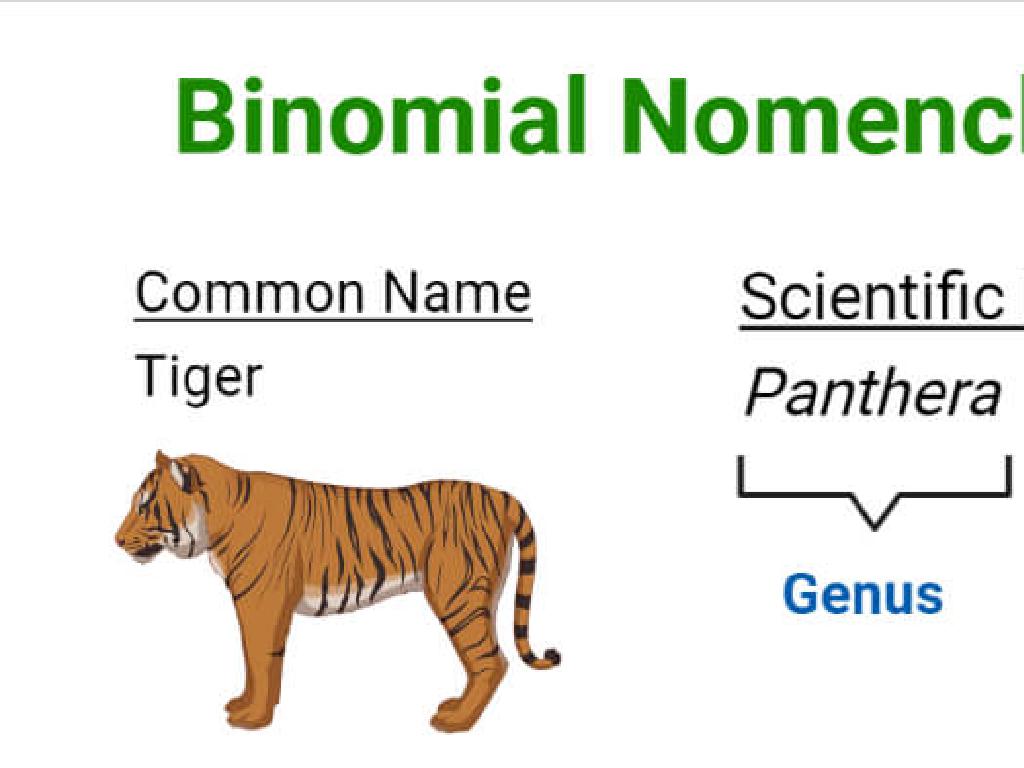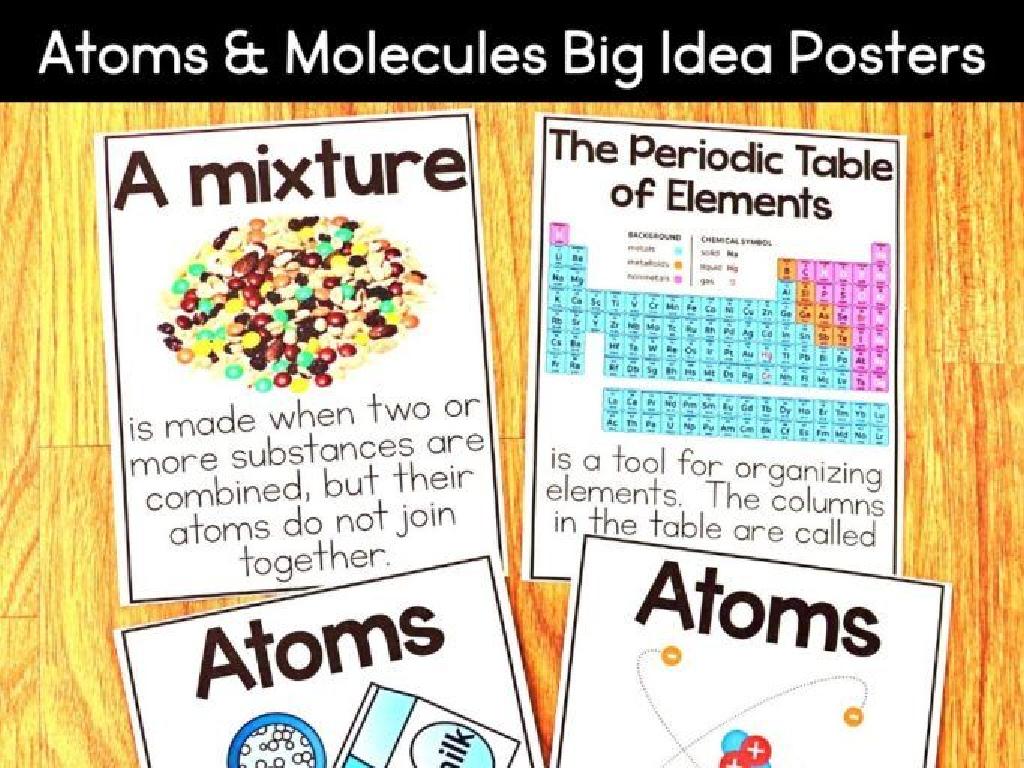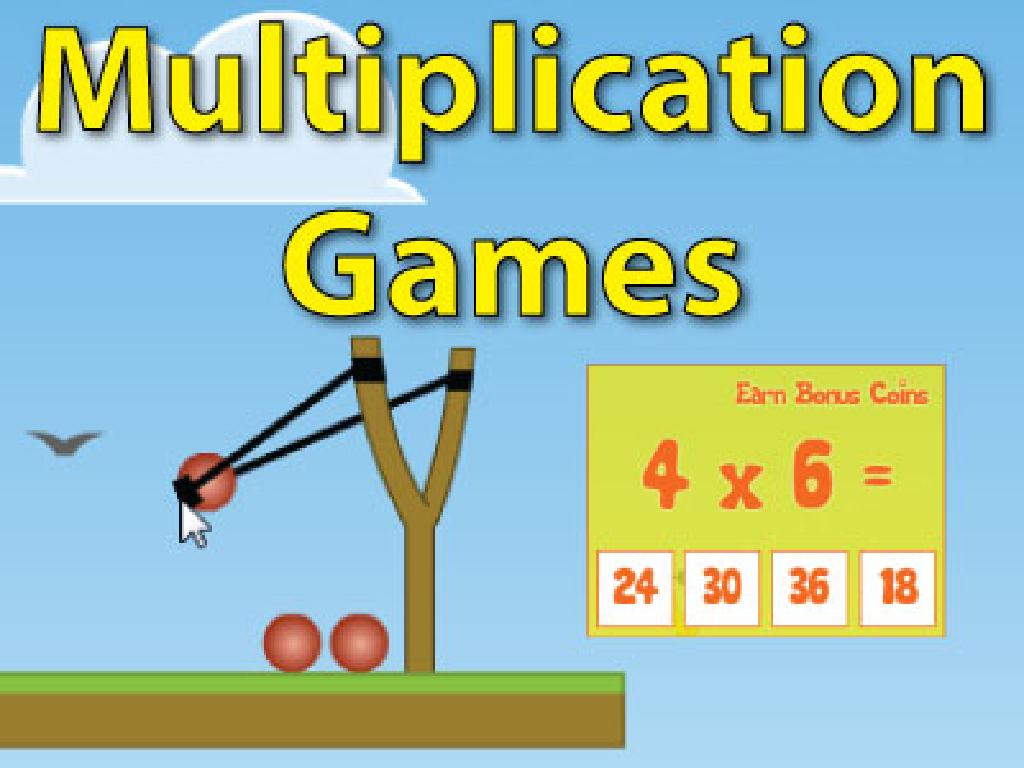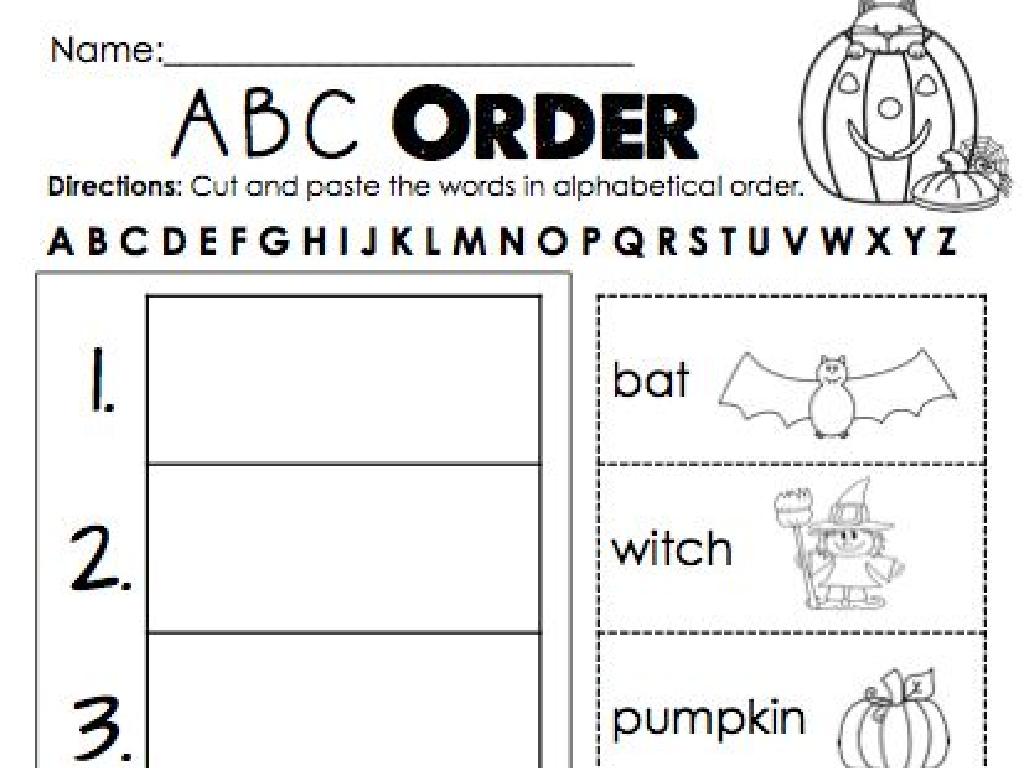Maps With Decimal Distances
Subject: Math
Grade: Seventh grade
Topic: Operations With Decimals
Please LOG IN to download the presentation. Access is available to registered users only.
View More Content
Introduction to Decimal Distances on Maps
– Decimals in daily life
– Money and measurements often use decimals for accuracy.
– Maps & decimal representation
– Maps show distances between locations using decimals for detail.
– Precision in map reading
– Accurate map reading is crucial for navigation and planning.
– Why accuracy matters
|
This slide introduces the concept of decimal distances, particularly in the context of maps, to seventh-grade students. Begin by discussing how decimals appear in everyday life, such as in currency and measurements, to provide a familiar foundation. Then, explain how maps use decimals to represent distances, offering a more precise and detailed understanding of space between locations. Emphasize the importance of precision when reading maps, as it is essential for accurate navigation and travel planning. Highlight that accuracy in map reading can prevent errors in real-life scenarios, such as traveling, construction, and science. Engage students with examples of map scales and have them practice converting map distances to real-world distances.
Review of Decimal Concepts
– Recap decimal place values
– Understand ones, tenths, hundredths, etc.
– Operations with decimals
– Add, subtract, multiply, divide decimals
– Real-life decimal applications
– Use in money, measurements, and more
– Practice problems
|
This slide is aimed at reviewing the fundamental concepts of decimals, which are crucial for understanding maps with decimal distances. Begin with a quick recap of decimal place values to ensure students are familiar with the terms ones, tenths, hundredths, and so on. Then, move on to the basic operations with decimals: addition, subtraction, multiplication, and division, providing examples for each. Highlight the importance of decimal operations in real-life scenarios such as handling money, measuring distances, and reading maps. Conclude with some practice problems to reinforce the concepts learned. Encourage students to think of additional examples where they use decimals in their daily lives.
Reading Map Scales with Decimals
– Understanding map scales
– A map scale shows the ratio between map distance and actual distance.
– Reading scales with decimals
– Use the scale to measure distances on the map with decimal precision.
– Converting map to real distances
– Multiply the map distance by the scale to get the actual distance.
– Practice with examples
– Let’s try converting 2.5 cm on the map to the real-world distance using the scale.
|
This slide introduces students to the concept of map scales and how to work with decimal distances. Begin by explaining that a map scale is a ratio that helps to accurately measure real-world distances on a map. Emphasize the importance of precision when dealing with decimals. Show students how to read a map scale and use it to convert measurements on the map to actual distances. Provide practice examples, such as converting a map distance of 2.5 cm to the real-world distance using a given scale, to reinforce the concept. Encourage students to ask questions and work through the examples together.
Calculating Distances on a Map with Decimals
– Measure map distances with a ruler
– Use the map scale to convert ruler measurements to actual distances.
– Apply decimal operations for real distances
– Add, subtract, multiply, or divide decimals to calculate the real-world distance.
– Example: Distance between two cities
– If a map scale is 1 inch:50 miles, how far is it between City A and City B, measuring 2.5 inches apart?
|
This slide aims to teach students how to calculate real-world distances using decimal operations on a map. Start by explaining how to use a ruler to measure the distance between two points on a map. Then, discuss how to apply the map’s scale to convert that measurement into an actual distance, which will involve decimal operations. Provide an example, such as measuring the distance between two cities, and use the map’s scale to demonstrate how to calculate the real-world distance. Ensure students understand how to perform decimal operations in this context. Encourage them to practice with different map scales and distances.
Solving Problems with Decimal Distances
– Steps to solve map problems
– Identify scale, measure distance, convert using scale, calculate total.
– Practice: Road trip distance
– Use a map scale to find the real distance of a trip between two cities.
– Strategies for accurate calculations
– Double-check measurements, use precise tools, and review decimal operations.
|
This slide is aimed at teaching students a systematic approach to solving map problems involving decimal distances. Begin by explaining how to use the map scale to measure distances on a map, which will often involve decimals. Then, provide a practice problem where students calculate the distance of a road trip using the map scale. Emphasize the importance of accuracy when working with decimals and measuring, and discuss strategies to ensure precise calculations, such as using rulers for measurement and checking work for errors. Encourage students to share their own strategies and to understand why each step is important for solving these types of problems.
Class Activity: Map Quest – Calculating Distances
– Understand the activity: Find Your Route Distance
– Gather materials: Map, Ruler, Calculator
– Work in pairs: Calculate and Plan a Trip
Choose a start and end point, measure with a ruler, and convert to real distance using the map’s scale.
– Share with class: Discuss Results and Methods
Explain how you calculated the distance and planned your trip.
|
This interactive class activity is designed to apply decimal operations in a practical context. Students will use maps to find the distance between two points by measuring with a ruler and then using the map’s scale to convert that measurement into real-world distance, which will involve decimal calculations. Working in pairs encourages collaboration and problem-solving. After the activity, students will share their findings with the class, explaining their methods and the decimal operations used. This reinforces their understanding and allows them to see different approaches to the same problem. Possible variations for different pairs could include planning routes of varying distances or through different types of terrain.






